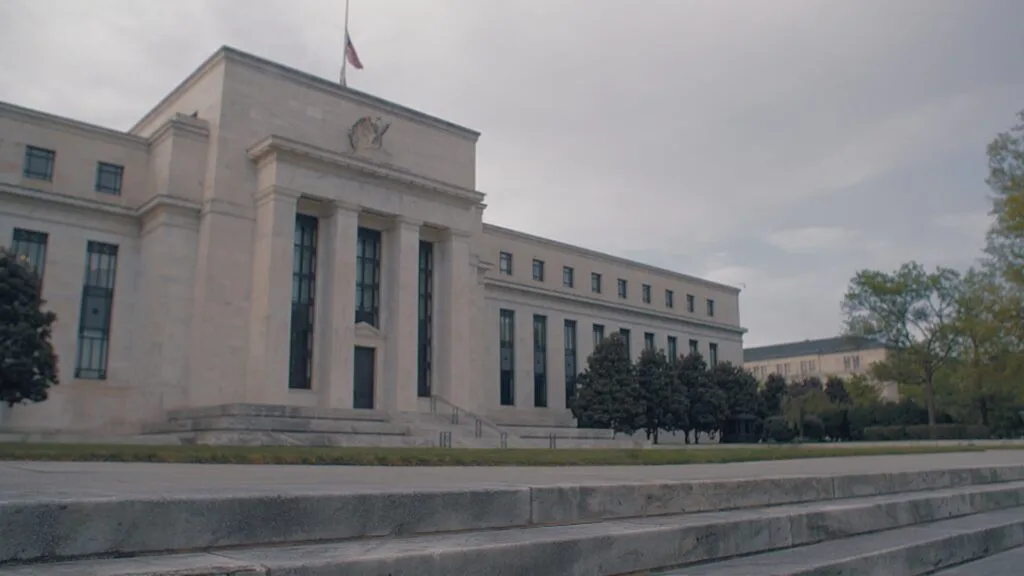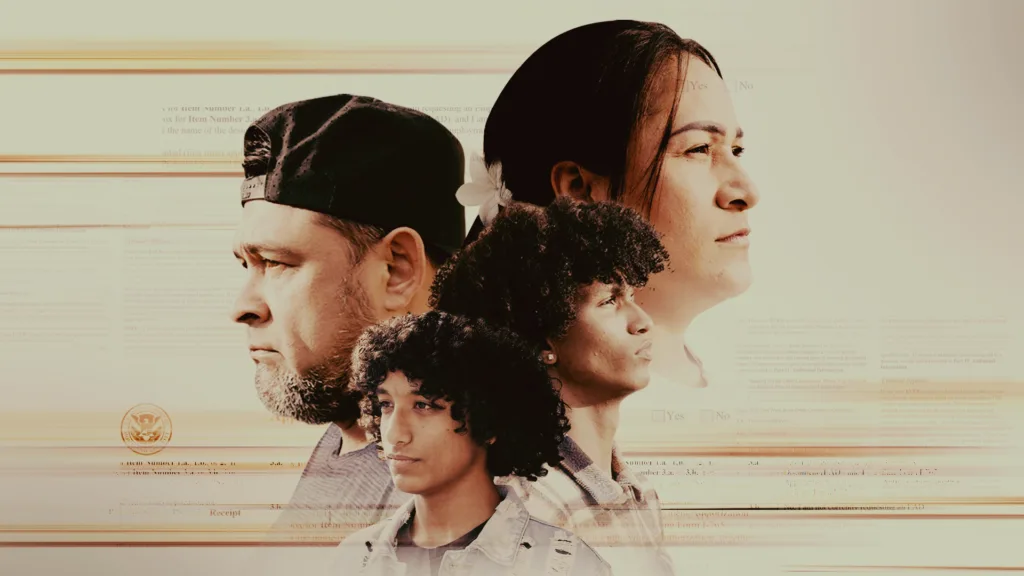Behind the Bank Failures

March 31, 2023
In the aftermath of the second and third-largest bank failures in U.S. history, correspondent James Jacoby joins the FRONTLINE Dispatch to talk about Age of Easy Money, a documentary examining the power of the Federal Reserve and our current economic uncertainty.
The film draws on over two years of reporting on the Fed’s so-called “easy money” policies, with Jacoby and team charting the start of the Fed’s economic experiment after the 2008 financial crisis and again during COVID; the Fed’s decision to start raising interest rates in 2022; and what’s happened since — including recession fears, bank market disruptions, and concerns that the fight against inflation will trigger unemployment.
“In some ways there’s been this kind of gravitational force at work, this invisible force, and people weren’t able to necessarily recognize it,” Jacoby told host Raney Aronson-Rath. “At the root of it is what the Fed has been doing.”
Age of Easy Money is now streaming on FRONTLINE’s website, the PBS Video App, and FRONTLINE’s YouTube channel.
Want to be notified every time a new podcast episode drops? Sign up for The FRONTLINE Dispatch newsletter.
Latest Documentaries
Explore
Policies
Teacher Center
Funding for FRONTLINE is provided through the support of PBS viewers and by the Corporation for Public Broadcasting, with major support from Ford Foundation. Additional funding is provided the Abrams Foundation, Park Foundation, John D. and Catherine T. MacArthur Foundation, Heising-Simons Foundation, and the FRONTLINE Trust, with major support from Jon and Jo Ann Hagler on behalf of the Jon L. Hagler Foundation, and additional support from Koo and Patricia Yuen. FRONTLINE is a registered trademark of WGBH Educational Foundation. Web Site Copyright ©1995-2025 WGBH Educational Foundation. PBS is a 501(c)(3) not-for-profit organization.



















